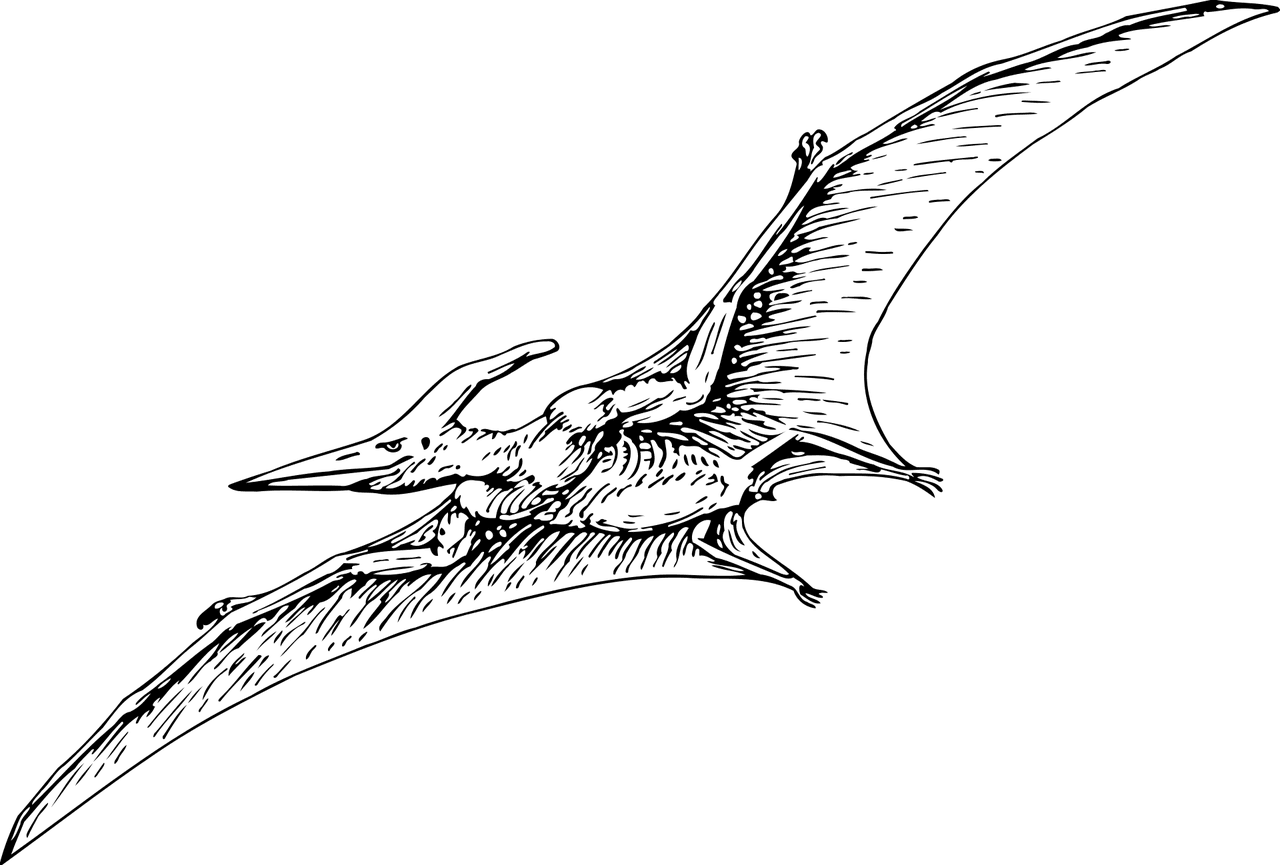While studying the origin of dinosaurs, scientists made a breakthrough discovery which suggests baby pterodactyls could fly from birth. This discovery is particularly important because other flying vertebrates throughout history had to learn this ability in the early days of their life.
This discovery is also important because now scientists have a better understanding of how pterodactyls lived, which then sheds light on the functioning of the entire dinosaur kingdom, according to a study published in the journal Proceedings of The Royal Society B. Scientists previously thought that pterodactyls only began flying after they grew to full size, similarly to birds and bats. Researchers learned from fossilized embryos of the creatures in China that they had poorly-developed wings.
However, according to Dr. David Unwin, a paleobiologist from the University of Leicester, and Dr. Charles Deeming from the University of Lincoln, a new hypothesis suggests baby pterodactyls could fly from birth.
The embryos were compared with data on prenatal growth in birds and crocodiles. Researchers believe the embryos were still in the early stage of development and weren’t going to hatch any time soon. Additionally, their analysis of more advanced embryos from China and Argentina, which died just before hatching, suggested pterodactyls could fly from birth.
“Theoretically, what pterosaurs did, growing and flying, is impossible, but they didn’t know this, so they did it anyway,” Dr. David Unwin said in a statement.
The team also spotted another difference between baby pterodactyls, also called flaplings, and baby birds and bats. They had no parental care and had to take care of themselves on their own, looking for food and protection. Their ability to fly since birth provided a survival mechanism which could be used to hide from carnivorous dinosaurs. They probably had to use this ability carefully because researchers believe the demanding process of flying often got them killed at early ages.
The research also answered some key questions about whether pterodactyls acted like today’s birds and bats. The possibility that flaplings could fly right after birth while still growing could explain why they had such huge wingspans, which were larger than those of any other historic or modern species with the ability to fly.
“Our technique shows that pterosaurs were different from birds and bats and so comparative anatomy can reveal novel developmental modes in extinct species,” Dr. Deeming said.
In the future, the team plans to continue researching how baby pterodactyls could fly from birth. They may be able to answer questions about how they carried out the entire process and grew larger wings than today’s flying creatures and why no other flying vertebrates throughout history had wings developed enough to be able to fly as soon as they hatch.





